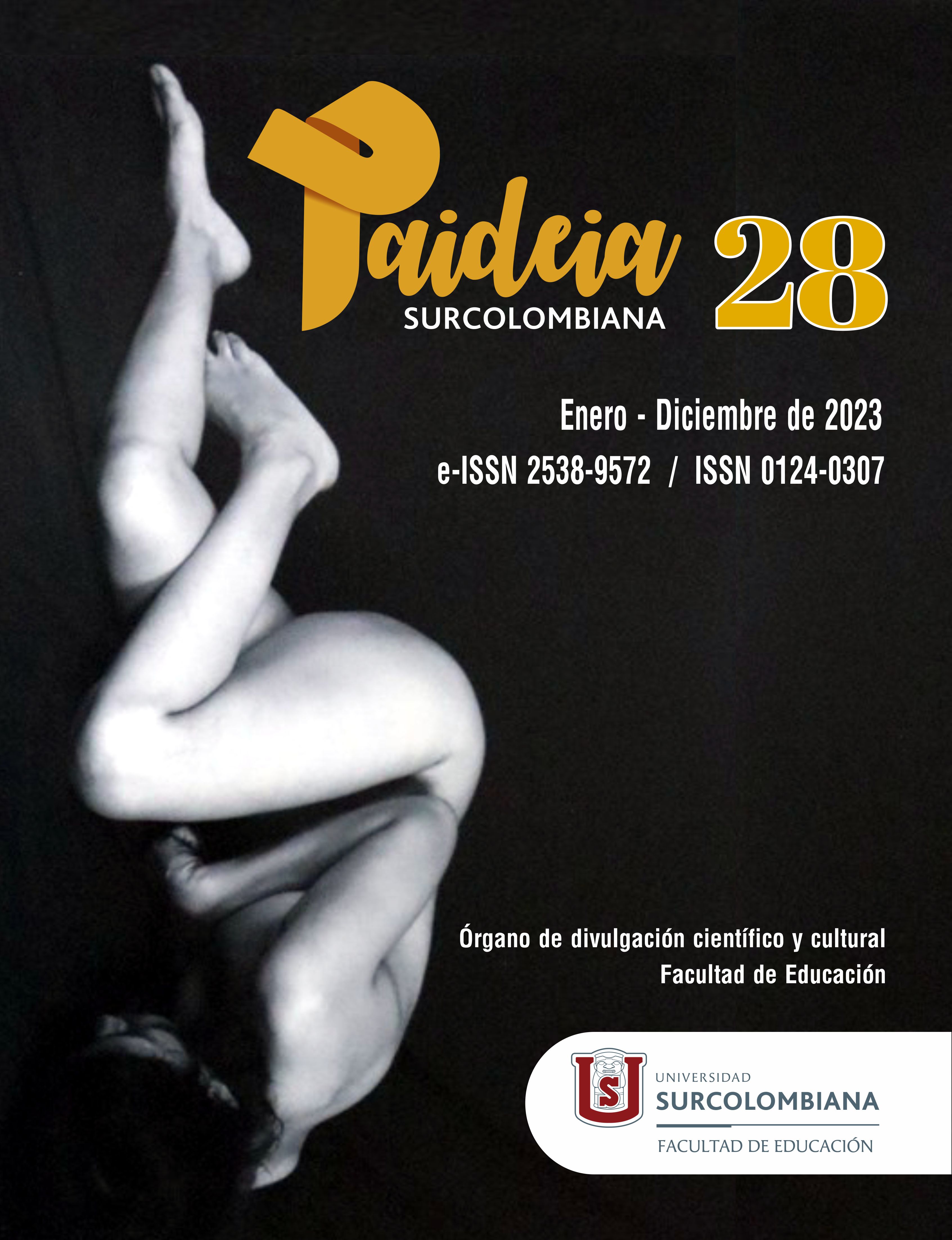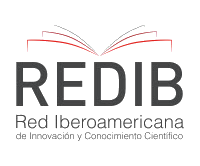Description and analysis of compliments found in the university student speech community of the city of Neiva (Huila)
##plugins.themes.bootstrap3.article.main##
The following study aims to analyze the compliments used by the university student speech community in the city of Neiva, Huila. Its importance is reflected in the regularity with which the compliment is used in these communities. In this research, the contributions of Lakoff (1973) and Brown & Levinson (1987) are considered, regarding the politeness theory, as well as Cuenca & Hilferty (1999) with the conceptual metaphors. The methodology used was a virtual survey of 56 university students (28 women and 28 men) divided into three parts: knowing the basic information of the participants, their experiences as senders or receivers of compliments and writing 3 compliments that they know. With the 117 compliments obtained, a classification was made according to Correa & Mancera (2009). Of these, a final corpus of 37 compliments-metaphors was obtained. It is concluded that a compliment is seen as an insult or compliment depending on the person who says it or the context in which it was said. Poetic compliments, with a level of positive politeness, are the most common and the most prominent metaphors in this study are those corresponding to the “poetic” field and not the “sexual” one.
Downloads
##plugins.themes.bootstrap3.article.details##
Brown, P., & Levinson, S. (1987). Politeness. Some Universals in Language. Cambridge. https://doi.org/10.1017/CBO9780511813085
Caicedo Aguas, J. A. (2017). Análisis lingüístico-literario de los piropos de ocho países de habla hispana [Tesis pregrado]. Pontificia Universidad Católica del Ecuador. http://repositorio.puce.edu.ec/handle/22000/14248
Correa Jiménez, N., y Mancera Rodríguez, J. A. (2009). La práctica del piropo en los trabajadores de la construcción que laboran en la ciudad de Bogotá. [Tesis de pregrado]. Pontificia Universidad Javeriana. https://repository.javeriana.edu.co/handle/10554/5831
Cuenca, M. J., y Hilferty, J. (1999). Introducción a la Lingüística Cognitiva. Editorial Ariel, S.A
Duarte, M. (2016). Redes de metáforas cognitivas en el discurso político: "El socialismo del siglo XXI" de Hugo Chávez. Revista latinoamericana de estudios del discurso, 13(1), 57-78. https://doi.org/10.35956/v.13.n1.2013.p.57-78
El Heraldo. (2016, noviembre 28). Por decreto, prohíben piropos a mujeres en Timbío, Cauca. El Heraldo. https://www.elheraldo.co/colombia/por-decreto-prohiben-piropos-mujeres-en-timbio-cauca-306352
Escandell, M. V. (1993). Introducción a la pragmática. Antropos. https://linguno.files.wordpress.com/2013/10/144549186-1-introduccion-a-la-pragmatica-victoria-escandel-p1-1.pdf
Fajardo, L. A. (2005). La metáfora como proceso cognitivo. Forma y función, (19). 47-56. http://www.scielo.org.co/pdf/fyf/n19/n19a03.pdf
Fuentes Barreto, C. D. C. (2006). Aproximación semántica a las estructuras discursivas del piropo en Cartagena de Indias: Un análisis desde la metáfora y el símil [Tesis de pregrado]. Universidad de Cartagena. https://repositorio.unicartagena.edu.co/handle/11227/11388
Guadalupe, A. L., Leiva, R. I., y Zeldón, X. S. (2015). Piropos recibidos por visitantes y comerciantes de los mercados Oriental, Roberto Huembes y los centros comerciales Plaza Inter, Multicentro Las Américas del departamento de Managua en diciembre 2014 a enero 2015: análisis léxico-semántico y pragmático [Tesis de pregrado]. Universidad Nacional Autónoma de Nicaragua. https://repositorio.unan.edu.ni/7134/
Gutiérrez-Rivas, C. (2014). Consideraciones sobre el piropo en Venezuela desde las nociones de imagen y ethos, de la Teoría de la Cortesía. Moderna Språk, 108(2), 45-64. https://doi.org/10.58221/mosp.v108i2.7996
Lakoff, R. (1973). The Logic of Politeness; or Minding your P's and Q's. Proceedings from the Annual Meeting of the Chicago Linguistic Society 9(1), 292-305.
Lakoff, G., y Johnson, M. (1980). Metáforas de la vida cotidiana. Cátedra. https://linguisticaydiscursividadsocialunr.files.wordpress.com/2015/04/lakoff-y-johnson-metc3adforas-de-la-vida-cotidiana.pdf
Leech, G. (1997). Principios de Pragmática (Trad. M. Rodríguez Luna). Enunciación, 2(2), 60-68. (Trabajo original publicado en 1983). https://doi.org/10.14483/22486798.2505
Lopera Medina, S. A. L. (2015). Análisis lingüístico de los piropos vulgares. Tonos Digital. Revista de Estudios Filológicos, (28), 1-16. http://www.tonosdigital.es/ojs/index.php/tonos/article/viewArticle/1231
Níkleva, D. G. (2016). Tendencias actuales en los piropos españoles. Onomázein: Revista de Lingüística, Filología y Traducción de la Pontificia Universidad Católica de Chile, (34), 322-350. https://doi.org/10.7764/onomazein.34.19
Pérez-Durán, M. A. (2019). Análisis de la disponibilidad léxica del piropo descortés en una muestra de estudiantes universitarios de San Luis Potosí, México. La Colmena, (102), 9-20. https://doi.org/10.36677/lacolmena.v0i102.12062
Soriano, C. (2012). La metáfora conceptual. Lingüística cognitiva. Anthropos. https://www.textosenlinea.com.ar/academicos/Soriano%20-%20La%20metafora%20conceptual.PDF
Zuluaga, F. O. (2004). La interacción verbal vista desde la teoría de la cortesía. Íkala, Revista de Lenguaje y Cultura, 9(15), 389-421. https://doi.org/10.17533/udea.ikala.3154














